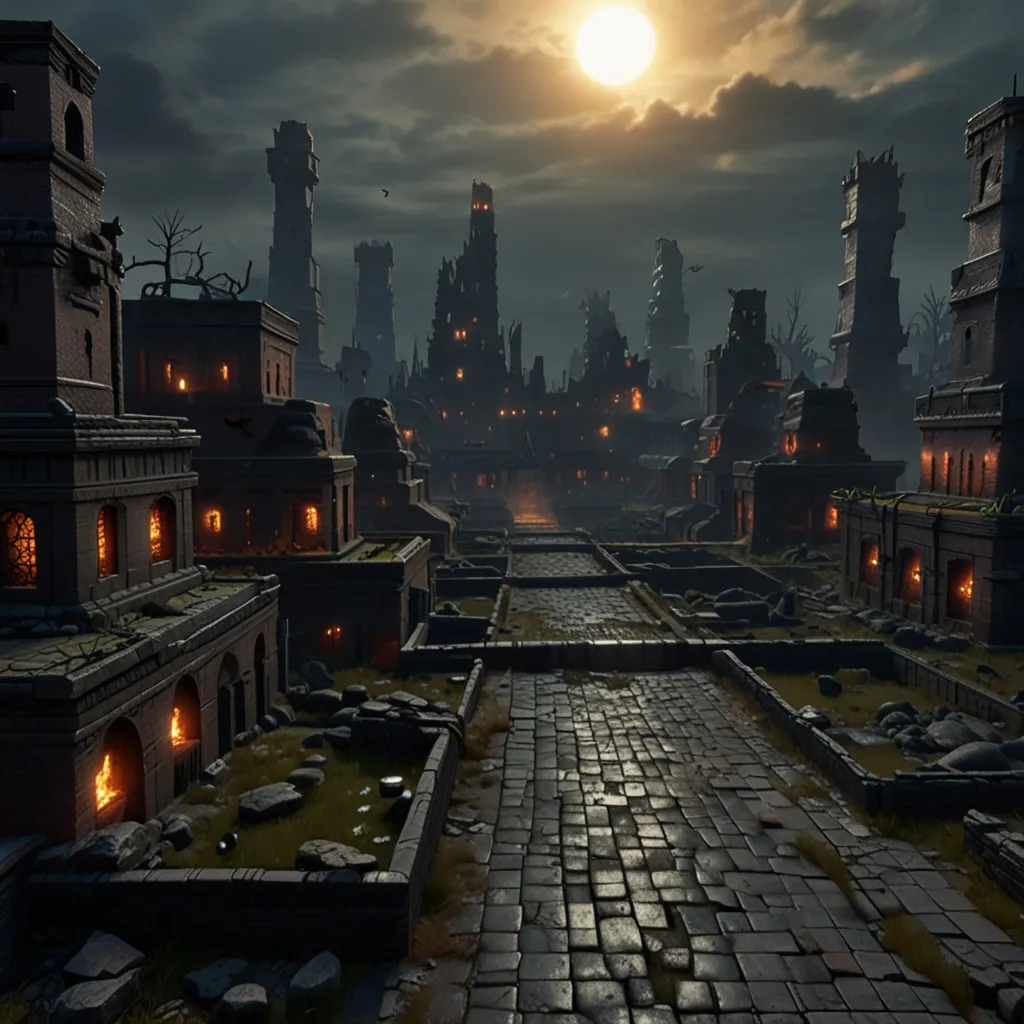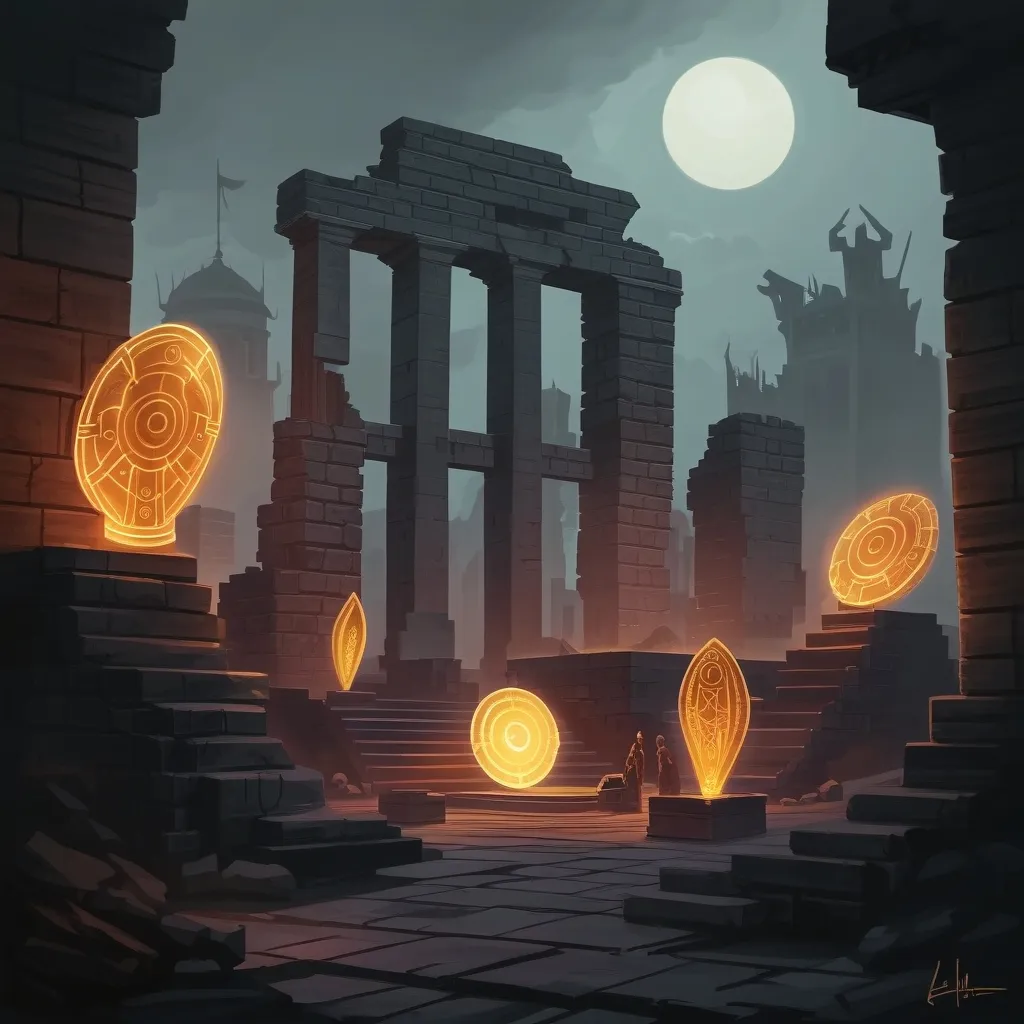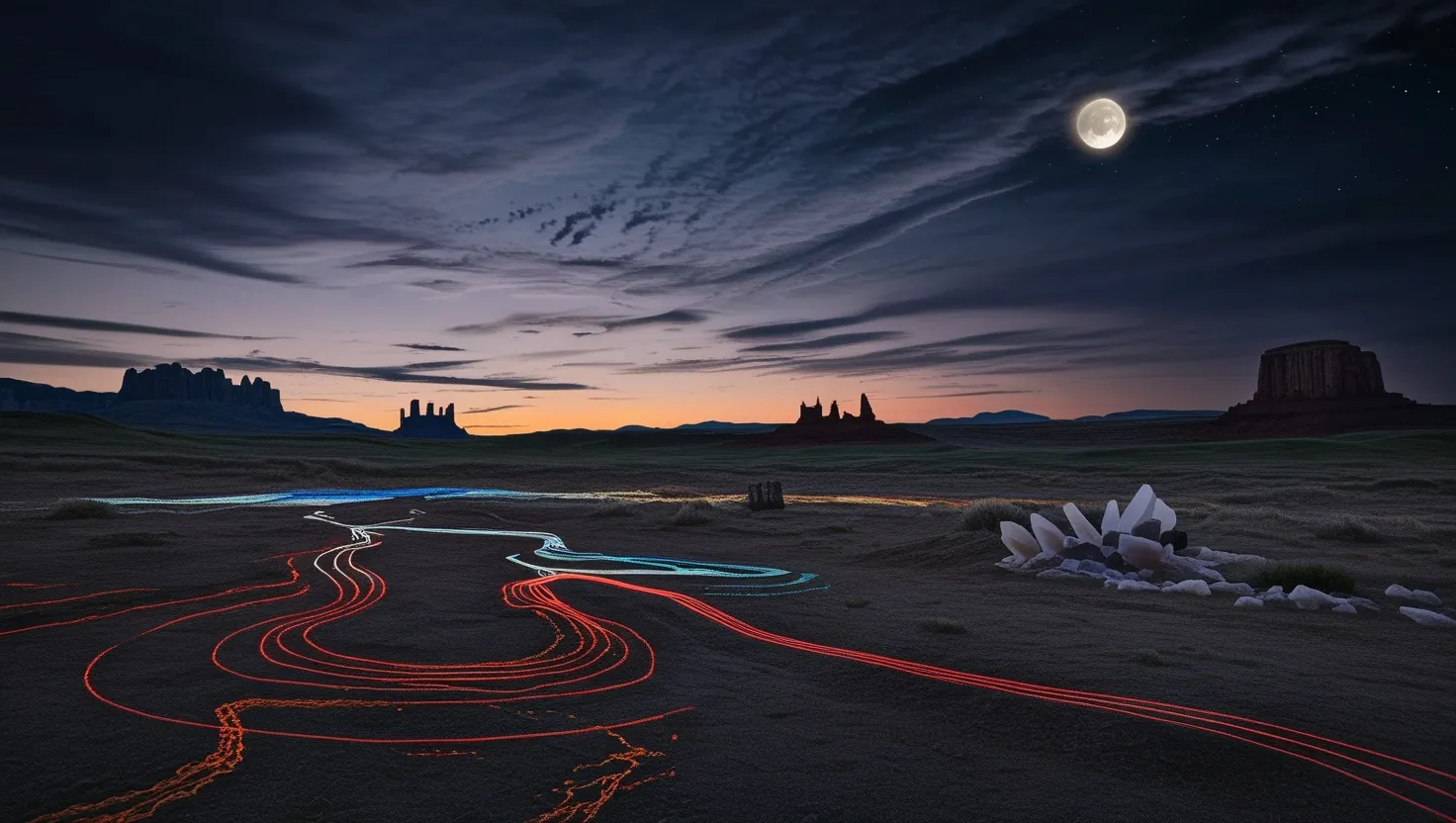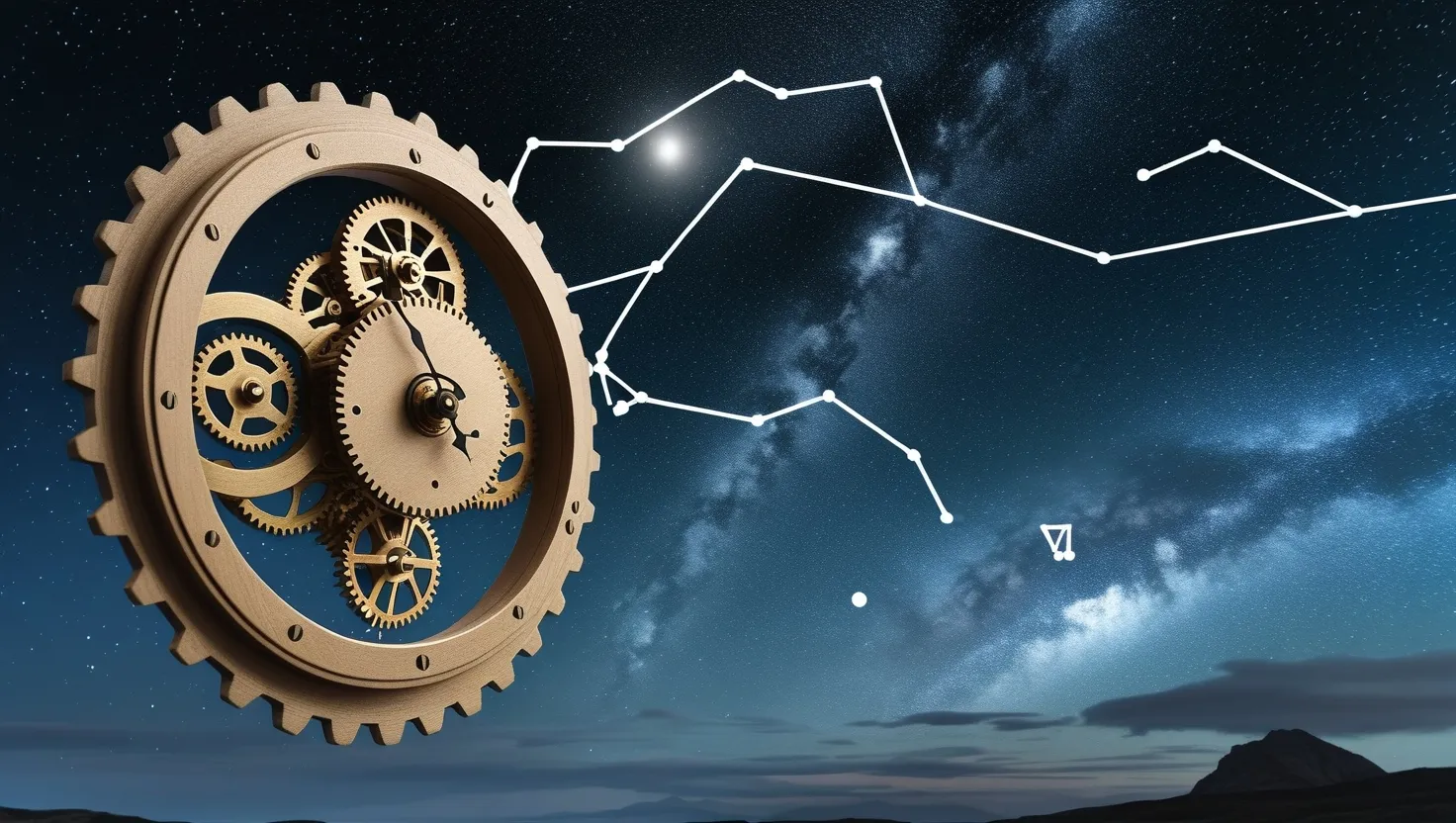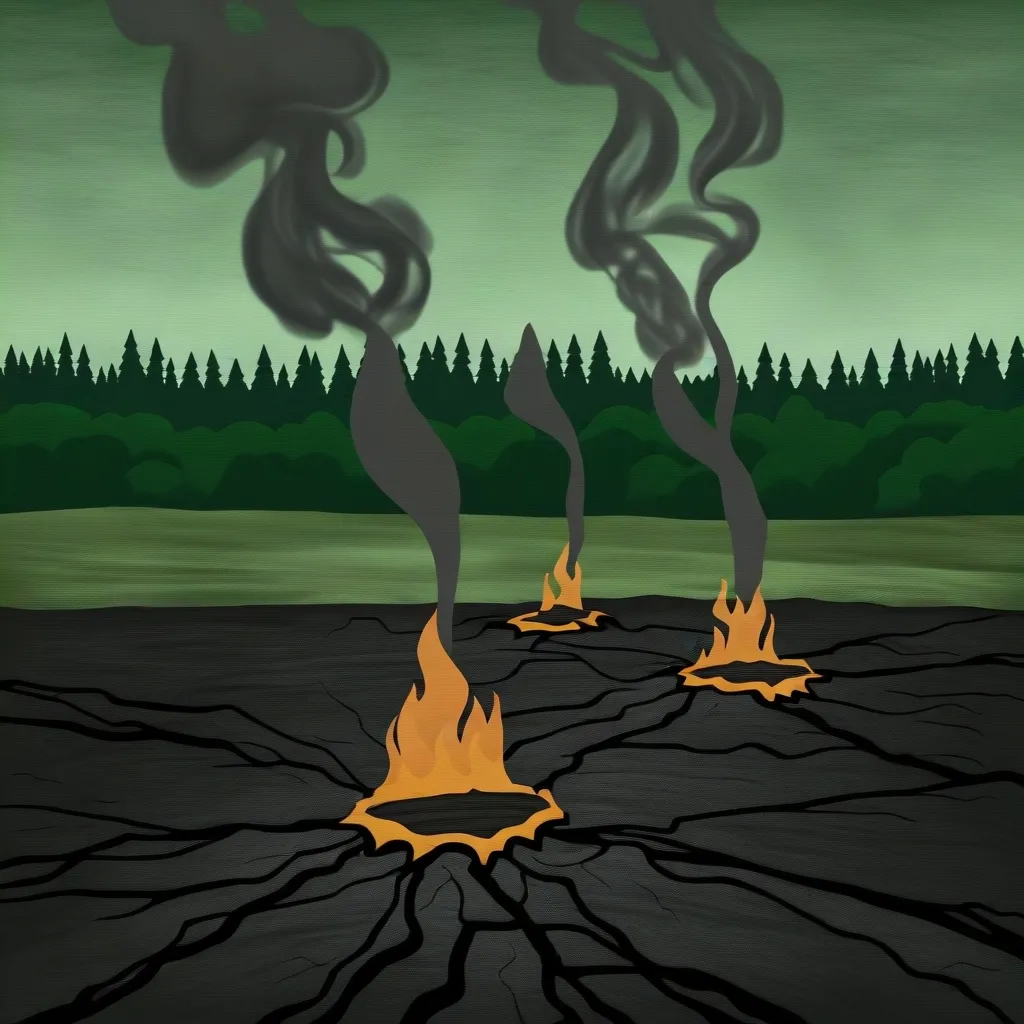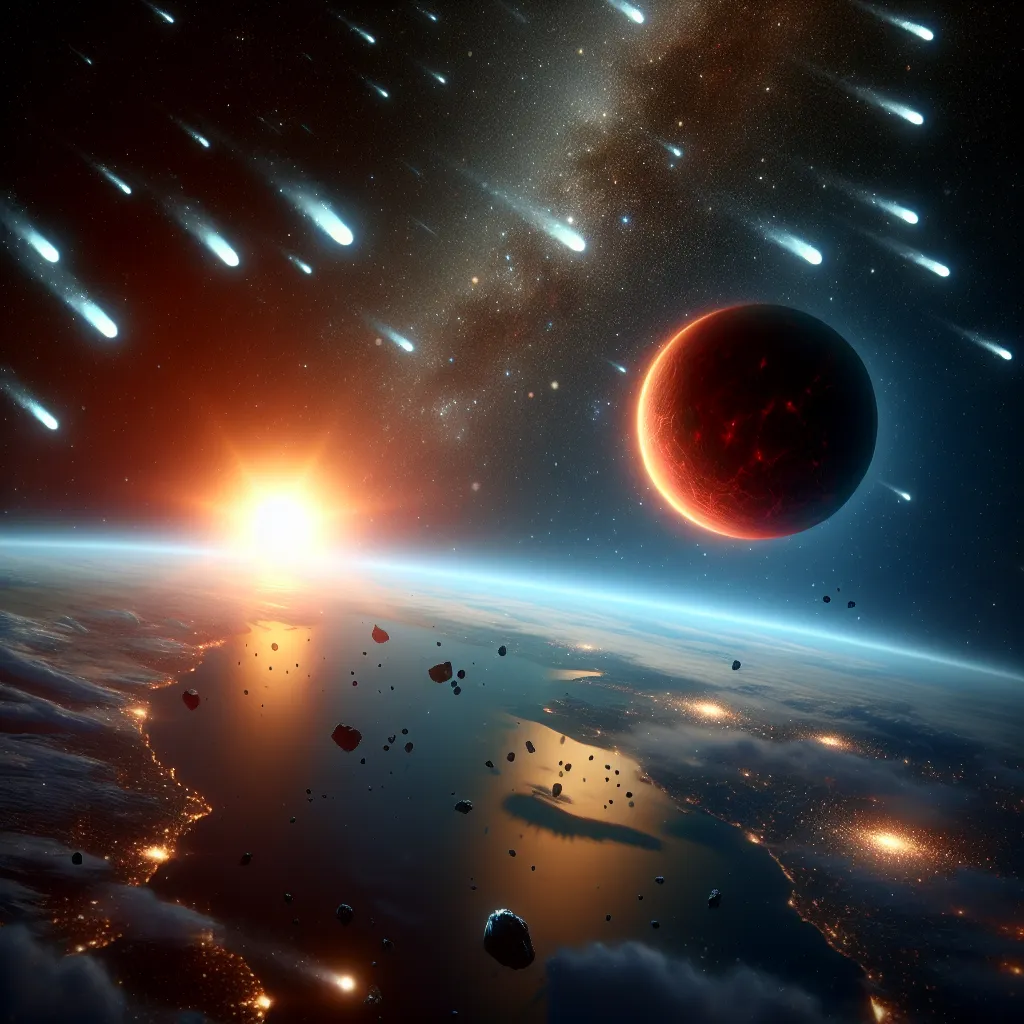In the heart of Southern Pakistan, nestled within the fertile embrace of the Indus River Valley, lies the haunting ruins of Mohenjo-daro. This ancient metropolis, intriguingly translated as the “Mound of the Dead,” once stood as one of the world’s largest urban environments around 2600 BC. Wandering through its remnants, one can’t help but marvel at its sophisticated city planning, with streets laid out in a grid-like fashion reminiscent of modern urban centers. The homes boasted their individual toilets, all connecting to an advanced sewer system, showcasing a civilization strikingly ahead of its time.
Now, delving deeper into the lore and mysteries that surround Mohenjo-daro brings us to some rather provocative theories. Imagine this: ancient astronaut theorists have toyed with the idea that this serene city was once the epicenter of a catastrophic nuclear explosion over 4,000 years ago. Sounds a bit like the plot of a Hollywood sci-fi, doesn’t it? But there’s a fascinating layer of evidence beneath this.
When excavations unearthed skeletons in poses suggesting sudden, instant death, scientists couldn’t help but notice an ominous pattern. Soviet researchers detected that these skeletons exhibited radioactivity levels 50 times higher than normal. Further discoveries included pottery fused together and walls vitrified by intense heat, akin to the aftermath of a nuclear detonation. This isn’t your everyday ancient disaster; we’re talking about something with an eerie semblance to a nuclear blast.
The ancient Hindu epic, the Mahabharata, vividly describes this apocalyptic event. According to the text, blinding white smoke rose, engulfing Mohenjo-daro in an inferno, reducing it to cinders. The narrative speaks of horses incinerated in their thousands and bodies vaporized. A haunting silence swept over the city post-carnage, with survivors suffering from boils and losing hair and nails—classic symptoms of radiation poisoning.
This ghastly scenario paves the way for some intriguing questions. What impact would extreme radiation have had on the people and creatures in the area? Was this the reason for peculiar births, like humans with extra limbs who were subsequently deified? Many ancient cultures interpreted such anomalies as divine touches. And let’s not forget, even today, areas in both India and Pakistan show higher than average radiation levels, potentially hinting at historical exposure.
But let’s add another mythical layer to this already enigmatic tale. According to these ancient texts, post-destruction, the skies above Mohenjo-daro bore witness to a fearsome monster known as Garuda. Described as an enormous bird-like creature with a face and wings stained red, Garuda’s wingspan was said to blot out the sun. It was no mere bird; in mythology, this beast was powerful enough to carry the god Vishnu. Every time Garuda descended, it was an event of calamitous proportions—hurricane winds would whip across the landscape, the ground would tremble, and terror would sweep through the populace.
Looking at artistic depictions of Garuda, what initially appear to be feathers might just be seen as colossal flames, adding to its terrifying grandeur. In Hindu lore, Garuda was born out of cosmic events—wars and destruction signaling the end of epochs. Could Garuda’s birth story be intertwined with radiation zones in the region? It’s a stretch but an intriguing one—considering places with high radiation have historically seen genetic irregularities manifest.
Hold on, it gets even better. In both India and Pakistan, there are known radiation zones. The correlation between these radiation zones and mythological accounts of supernatural entities could point towards a historical mixing of actual events and myth, each feeding off the other to create lasting legends that captivate the imagination.
Let’s gather these threads. We have an ancient city with strikingly modern amenities, systematically designed infrastructure, and sudden annihilation that seems far beyond the realm of primitive warfare. The Russian-detected radioactivity, fused pottery, and texts describing devastating heat and radiation-induced ailments suggest a catastrophic event of unnerving modernity. Garuda’s story, potentially born out of this chaos, adds mythological flair to the scientific puzzle. It’s a narrative that gently nudges the boundaries between history, mythology, and speculative science.
Fast forward to today, and what do we have? A blend of awe and curiosity that fuels further exploration and debate. Mohenjo-daro may still hold many of its secrets, shrouded beneath centuries of silence and sands. But every crumb of evidence we uncover, every artifact we analyze, brings us one step closer to piecing together the grand mosaic of our ancestors’ lives and their untimely demise.
Mohenjo-daro stands as a testament to human ingenuity and, perhaps, to the unfathomable forces that shaped our past. It bridges the gap between ancient texts and modern technology, nudges us to question conventional history, and challenges us to seek the truth beyond the ruins. Whether you lean towards scientific analysis or let your imagination roam through the realms of mythology, Mohenjo-daro’s story is a compelling chapter in the saga of humanity’s eternal quest for understanding. And who knows? Maybe one day, its silent stones will finally speak the full truth of their dramatic past.
